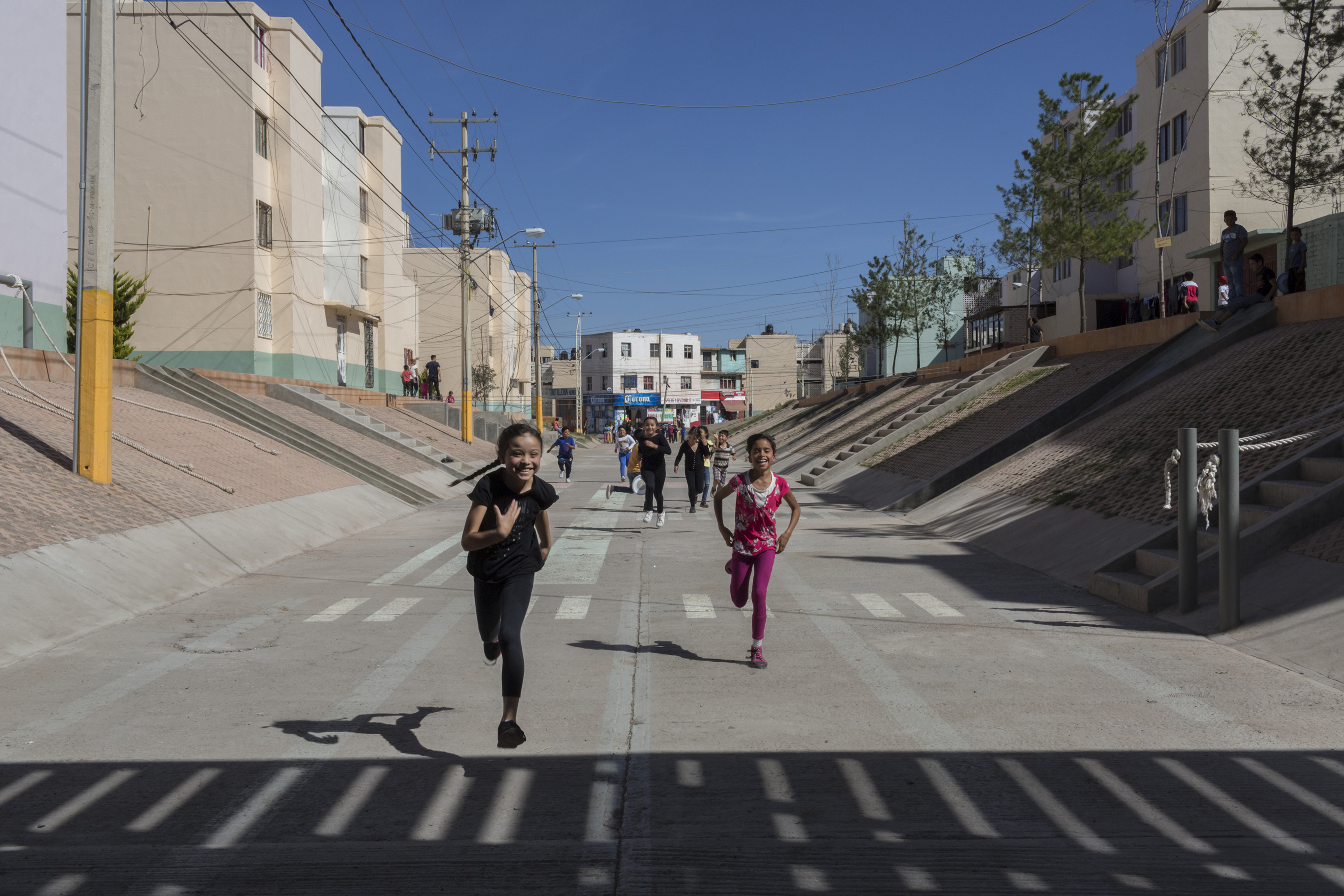
Rozana Montiel Saucedo
- Site : rozanamontiel.com
- Adresse : medellin 81, colonia roma norte, delegación Cuauhtémoc, Mexico City 06700 Mexico City
ROZANA MONTIEL is founder and director of the Mexico-based architectural firm ROZANA MONTIEL | ESTUDIO DE ARQUITECTURA specialized on architectural design, artistic re-conceptualizations of space, and the public domain. The studio works on a wide variety of projects in different scales and layers that range from the city to the book, the artefact and other objects.
For our studio, research and experimentation are fundamental in every project. She has done research on public space issues, attempting to recover social construction in city making.
Montiel holds an MA in Architectural Theory and Criticism from the Universitat Politécnica de Catalunya UPC (Spain, 2000), and a BA in Architecture and Urban Planning from the Universidad Iberoamericana (Mexico, 1998).
She recently won The Sustainable Global Award for Architecture 2019 granted by Cité de l’Architecture & du Patrimoine, France. In 2018 she published her book HU:Common Spaces in Housing Units, and won the MCHAP Emerging Architecture Prize.
In 2017 she won for her professional trajectory the Moira Gemmill Award given by The Architectural Review in London. In 2016, she was nominated for the Schelling Architecture Foundation Award in Karlsruhe, Germany; and was winner of the Emerging Voices Award granted by The Architectural League of New York.
Her interdisciplinary work has been presented in the Venice, Sao Paulo, Rotterdam Chile, and Lima Biennials. Last year she presented her ‘Stand Ground’ installation at the 16th International Architecture Exhibition of the 2018 Venice Biennale Freespace.
|
Fresnillo Playground
We recycled a paved sewage canal and transformed it into a playground in Fresnillo, Zacatecas, Housing Unit. The new transitional space offers a safe recreational area and welcomes the public to a new habitat. The bridge, floor and slopes we designed are equipped for a multi-functional program.
We made universally accessible bridges that opened an esplanade underneath; and rebuilt the canal slopes to make them work as a resting area, agora steps and a playground program.
The new space improves the life quality of the overall housing complex and offers opportunity to groups in situations of risk. Recycling the extant infrastructure transformed an urban scar into an attractive horizon: the cityscape became the program.
|











